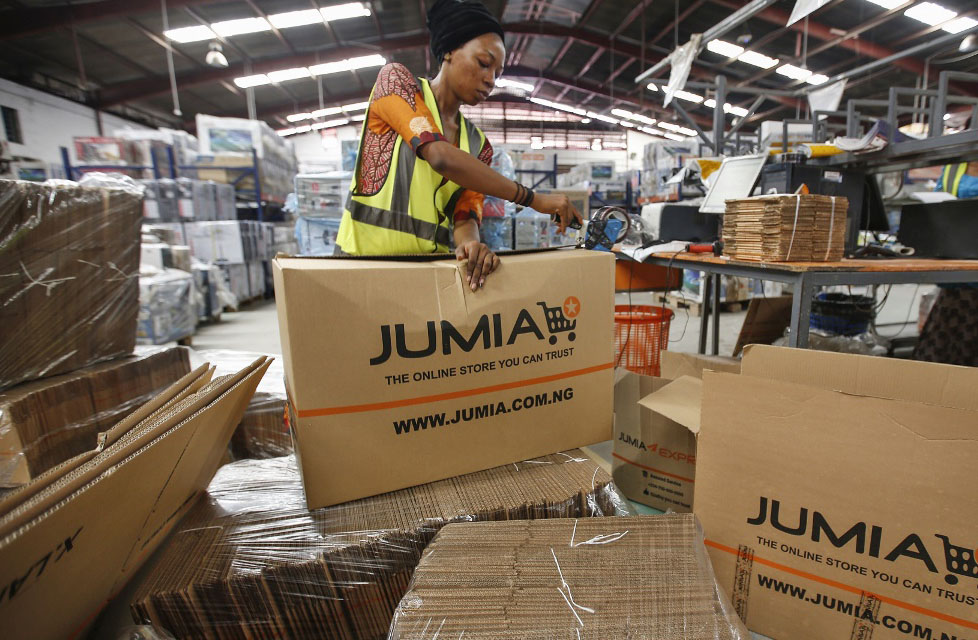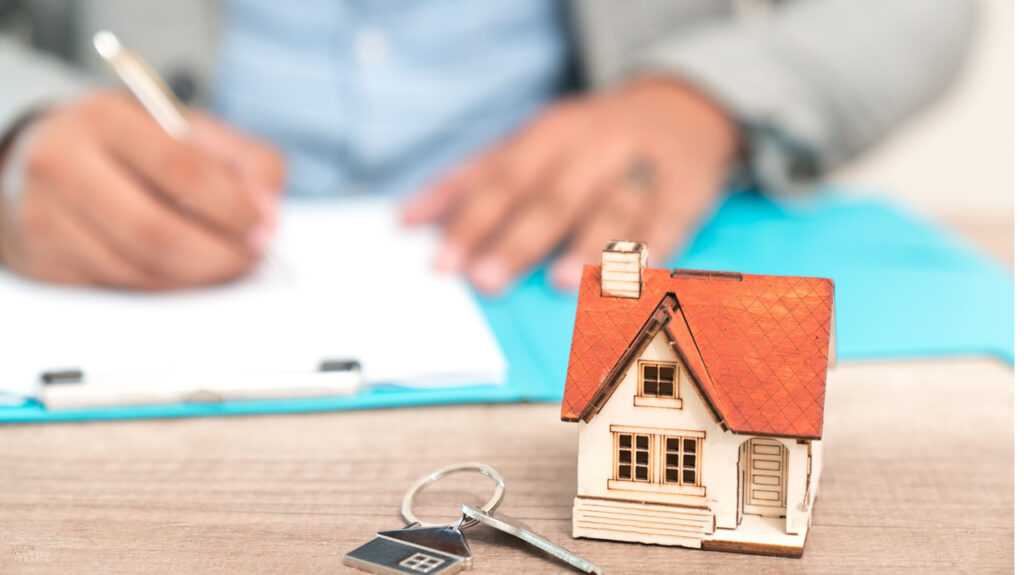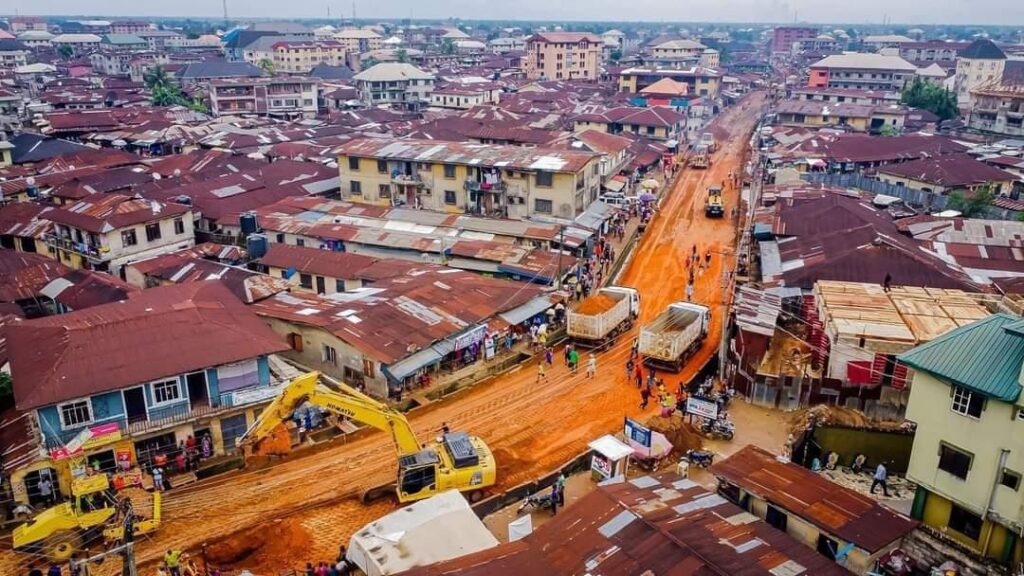
DEMAND for Alpine property is rising, spurred on by a more resilient Eurozone, greater clarity over tax and the second home cap in Switzerland, as well as a weaker euro, the latest index report says.
Val d’Isere and Meribel in France have seen the biggest annual growth in property prices with a rise of 5.8per centnd 4.5per cent respectively, according to the 2015 Ski Property Index from international real estate firm Knight Frank.
The index, which tracks the price performance of prime ski chalets across 15 key resorts in the French and Swiss Alps, indicates that prime sales activity in the French Alps is focussed between €1.5 and €2.5 million with resorts such as Chamonix and Courchevel 1550 increasingly popular.
It also shows that the number of sales completed in Megeve in the first half of 2015 was double the number of sales agreed during the whole of 2014 and adds that previous uncertainty in the Swiss market is giving way to renewed optimism as clarity emerges surrounding taxation and the second home cap.
Overall it says that the market is broadly stable with only 13 per cent percentage points separating the strongest and weakest performer and currency movements have played a pivotal role in determining demand across the region.
French resorts occupy the top five rankings this year as uncertainty surrounding Lex Weber in Switzerland dampened sales, and as a result price growth. In the past year ski homes in Europe’s top resorts have continued on the same trajectory that they have been following since 2008; no radical acceleration or deceleration just small single digit shifts year on year.
Overall, the index proved largely static with only a marginal 1per cent fall recorded in the year to June 2015 and explains that in the case of a resort like Val d’Isere, for example, the length of its ski season explains its long standing appeal, particularly with British buyers.
Few other Alpine resorts can guarantee sufficient snow to ski during both the Christmas and Easter holiday periods, it continues and in Meribel’s case, a combination of its location in the heart of The Three Valleys and its pricing explains its annual growth.
Meribel provides better value than Courchevel 1850, but can compete with 1550 and 1650 in terms of facilities. Investment in the form of new residential developments such as Olympe in Les Allues and Point de Vue in Meribel Village has also helped to build confidence amongst buyers.
In real price terms, the exclusive resorts of Courchevel 1850 and Gstaad come out on top, with prime prices typically around €25,000 and CHF30,000 per square meter respectively. A prime ski chalet in Gstaad is, on this basis, four times the price of an equivalent property in the French resort of St Gervais.
The report also shows that in the French Alps, the focus of sales activity in the last 12 months has been within the €1.5 million and €2.5 million price bracket. The super prime market at €15 million plus has slowed, partly because of the absence of Russian buyers but also because a number of ultra-high net worth individuals (UHNWIs) are reviewing their budgets and considering spreading their capital across multiple properties or assets in different locations.
The performance of the Swiss resorts, the index says, is strongly linked to whether non-residents are able to buy in a given location and how close the local commune is to its 20per cent threshold for second homes.
St Moritz, for example, which saw values decline by around 7.2per cent year on year has few properties available for foreign buyers. The unpegged Swiss Franc has rebounded whilst the Euro has weakened leading to repercussions for foreign buyers. It means that British buyers looking to purchase in the French Alps are now in a stronger position than two years ago.
Taking account of currency movements only and focussing on the year to July 2015, a British buyer who bought a French property in July 2015 instead of a year earlier will have saved approximately 11per cent, whilst in Switzerland the same buyer’s budget would have shrunk marginally by 2per cent.
Switzerland remains a long term opportunity for investors, the report suggests. ‘Although foreign purchasers are faced with a higher entry cost due to the strength of the Swiss Franc, the country still offers an unrivalled level of privacy and security,’ the report explains.
The availability of quality stock is at its highest for three to four years and those wanting to sell are increasingly considering offers. Switzerland, as a result, may be the closest it has been to resembling a buyer’s market for several years,” it adds.
Two regulations operating in tandem have stymied the Swiss property market, however. Lex Koller, in force since 1983, restricts where and what non-residents can buy, allowing them to only purchase in certain tourist areas and up to a maximum of around 250 square meters of official living space.
Then the introduction of Lex Weber in March 2012, imposed a 20per cent cap on the number of second homes within any Swiss commune. After a period of consultation, full details of the rule, which applies to both residents and non-residents alike, are expected to be published within the next six to eight months ending a period of uncertainty.
Inevitably, Switzerland’s property market has been subdued in the interim. Few have opted to purchase unsure whether they would only be allowed to sell their property to permanent residents in future, effectively halving their pool of potential buyers. The result has been fewer transactions and modest price falls,” the report points out.
Going forward, we expect some of the smaller and less well known Swiss ski resorts, where second homes are well below the 20per cent threshold, to see above average price inflation as Lex Koller pushes buyers off the beaten track. By spring 2016 we expect the Swiss market to be gaining traction. Greater certainty in the market will mean a return to a simple equation between supply and demand, sales volumes will increase but asking prices will not be as open to negotiation as they currently are,” it adds.
France, too, is entering a new phase, the report suggests, explaining that buyers who opted to sit on the side lines until the Eurozone crisis had run its course are now active once more, buoyed by low interest rates, the upturn in foreign demand due to the weak euro and the recent low level of construction which has insulated prices.
With a general election in France expected in May 2017 the country’s adherence to its strict austerity programme is expected to wane and buyers are, as a result could end up looking more favourably on France.
Also, the European Court of Justice’s ruling that France can no longer apply the so called ‘social charge’ on rental income and capital gains, a measure introduced by Francois Hollande in 2012, equates to a saving of up to 15.5% for all non-residents and this has fed through to buyer sentiment.
The index also shows that the number of sales completed in Megeve in the first six months of 2015 was more than double the number of sales during the whole of 2014. Chamonix has seen record prices achieved in price per square meter terms.
‘Where possible, especially at the top end of the market, buyers are using a level of debt against the property, in some cases 50% plus, to help leverage any potential euro risk and reduce their exposure to France’s wealth tax,’ the report says.
As it result it is expected that Megeve and Chamonix will see demand strengthen further. Megeve also has a new Four Seasons Hotel opening in autumn 2016 while Chamonix, although still at heart the true mountaineer’s resort, has one of the largest resident populations in the Alps at 10,000 plus which has enabled it to raise its offer in terms of retail, sports and amenities with luxury outlets now commonplace and a large range of non-ski activities on offer.
We expect the Swiss to increase their market share in the French Alps over the next few years. Outside the jurisdiction of Lex Weber, Swiss buyers can take their pick of the French resorts, many located within a 90 minute drive of Geneva and crucially find chalets at a third of their own market’s value,’ the report concludes.











